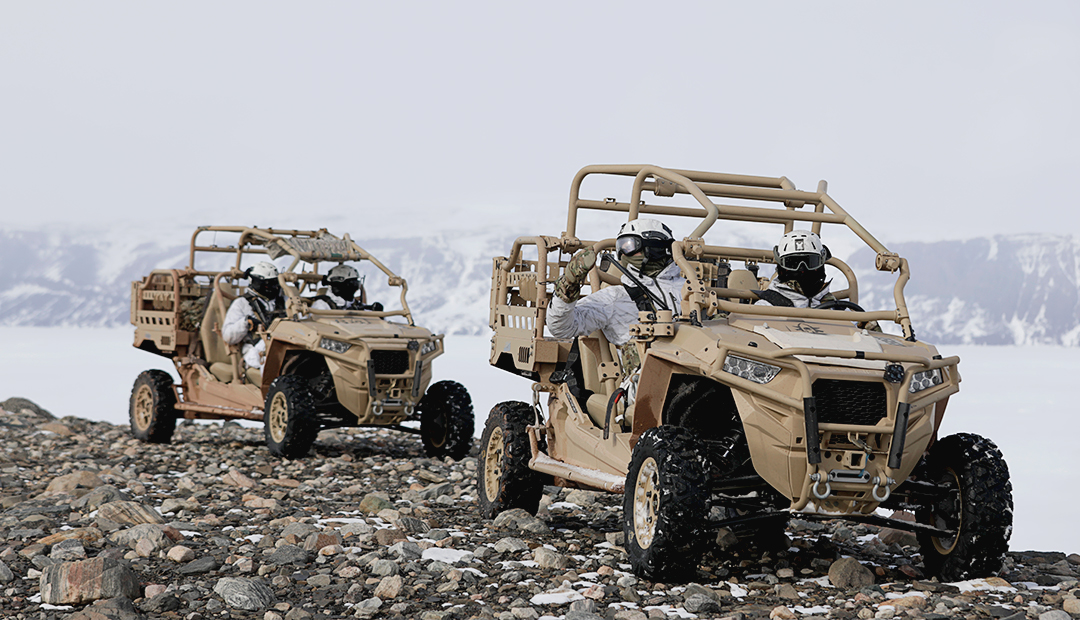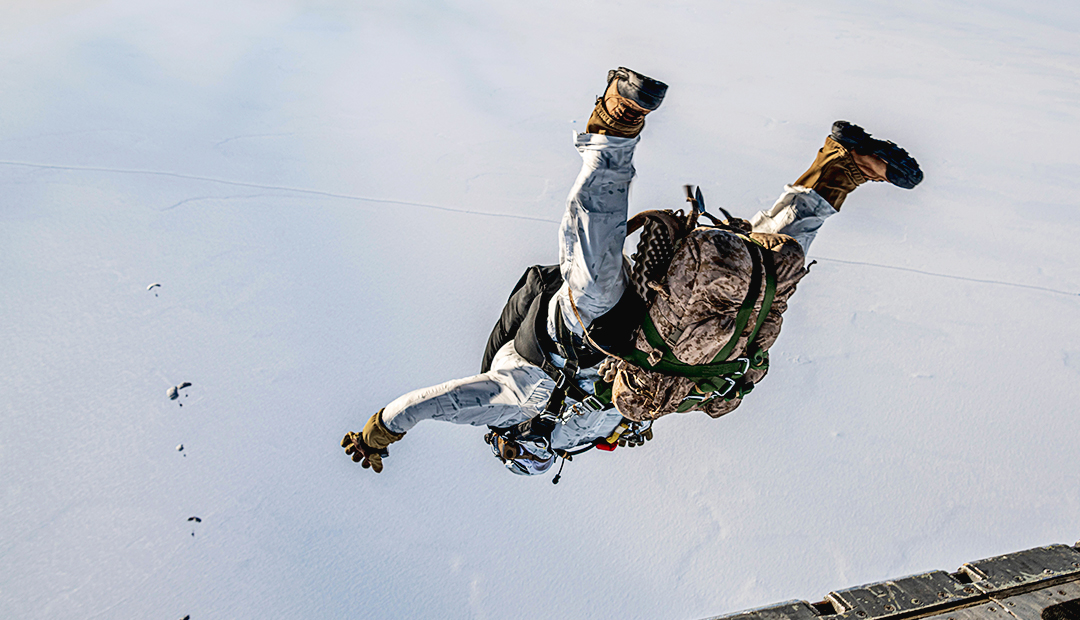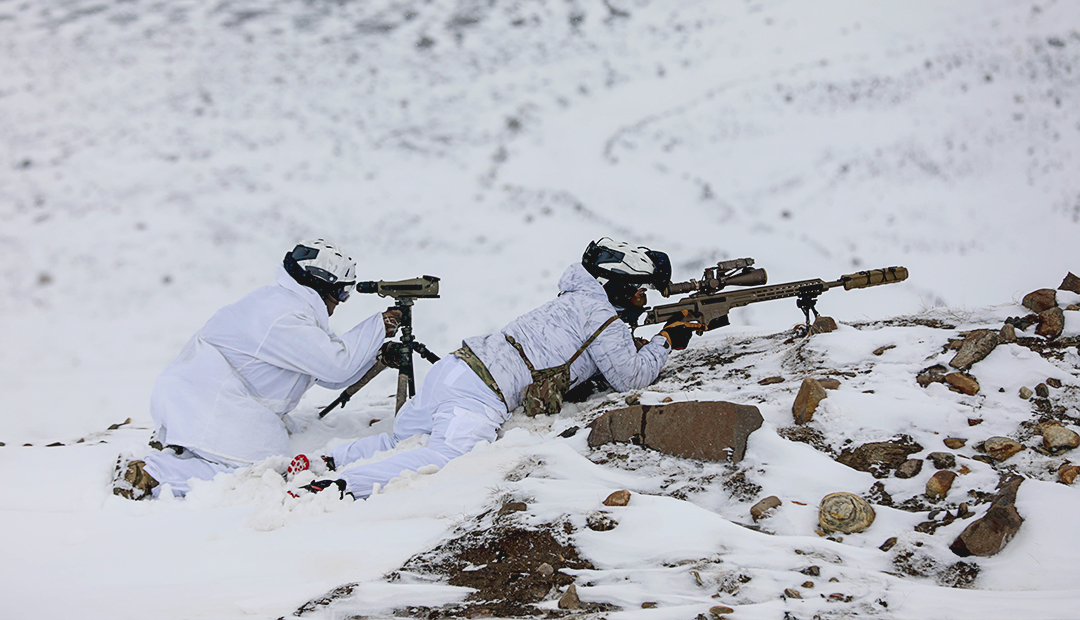NATO’s North American and northern European homelands are no longer immune to malign activity directed against our way of life. Strategic competitors, seeking to transform these sanctuaries into isolated garrisons, aim to deny us the ability to project the force necessary for our collective defense. Irresponsible actions in the High North threaten the international norms and rules that have existed since the end of World War II.
The Arctic region has been long overlooked, but is rapidly opening as a competitive and commercial space. It is emerging as a focal point of geopolitical competition, with Russia and China actively asserting their interests in the region. Since 2005, Russia has reopened Soviet-era military bases in the region, modernized its Northern Fleet, and reportedly deployed new hypersonic missiles designed to evade allied sensors and defenses to the region.

SPC. JARRAD KEARNEY, U.S. ARMY
China, as a self-styled “near-Arctic” nation, is also investing in capabilities to exploit the Arctic for geostrategic purposes and has expressed ambitions to participate in the region’s governance and economy. Beijing is expanding naval operations and working to secure northern sea lanes for its growing shipping industry, suggesting a potential for increased Chinese military operations and engagement in the Arctic.
With a renewed focus on strategic competition, the United States recognizes the need to develop both a whole-of-government and an allied approach to the Arctic. As climate change in the region results in diminished sea ice, the race for access and resources is increasing, necessitating the need to defend northern approaches to Europe and North America.

PETTY OFFICER 2ND CLASS TREY HUTCHINSON, U.S. NAVY
With both Moscow and Beijing actively signaling their intent to compete in the Arctic, as demonstrated by numerous combined air and sea operations in 2023, it is time for the NATO Allies to explore a combined special operations forces (SOF) approach to defending the European High North and North American Arctic.
Based on the threats posed by strategic competitors, U.S. Northern Command’s Special Operations Command North (SOCNORTH) has evolved from its original concentration on counterterrorism and counternarcotics to focus on challenges and opportunities posed by strategic competition. SOCNORTH’s mission, as part of an integrated layered defense, includes deterrence and denial below the level of conflict, as well as operating in the most austere environments such as the upcoming exercise, Arctic Edge 24.

SGT. ANDREW ADAMS, U.S. ARMY
Throughout February and March 2024, SOCNORTH will deploy more than 600 joint and allied SOF, including forces from Denmark, Norway and the United Kingdom, to Arctic locations from Alaska to Greenland, to train against a simulated adversary, sharpening their ability to operate and win in a potential conflict. The training will focus on eroding an adversary’s influence, providing SOF options to decision-makers, imposing costs on competitors and deepening relationships with Native populations and interagency partners. It will also seek to sharpen SOF skills in accessing and penetrating denied locations, and operating in the most extreme weather conditions.
SOF have been developing critical relationships with allies and international partners for nearly 40 years. Now and into the future, U.S. and allied SOF will need to work shoulder to shoulder to deepen integration through exercises and operations, share best practices, improve domain awareness, advance unique capabilities and enhance resilience across the High North. As some of our nations’ most experienced and lethal combat formations, SOF stand ready to apply hard-won skills to the defense of the pan-Arctic, deterring, disrupting, degrading and denying competitor activity and influence.


Comments are closed.